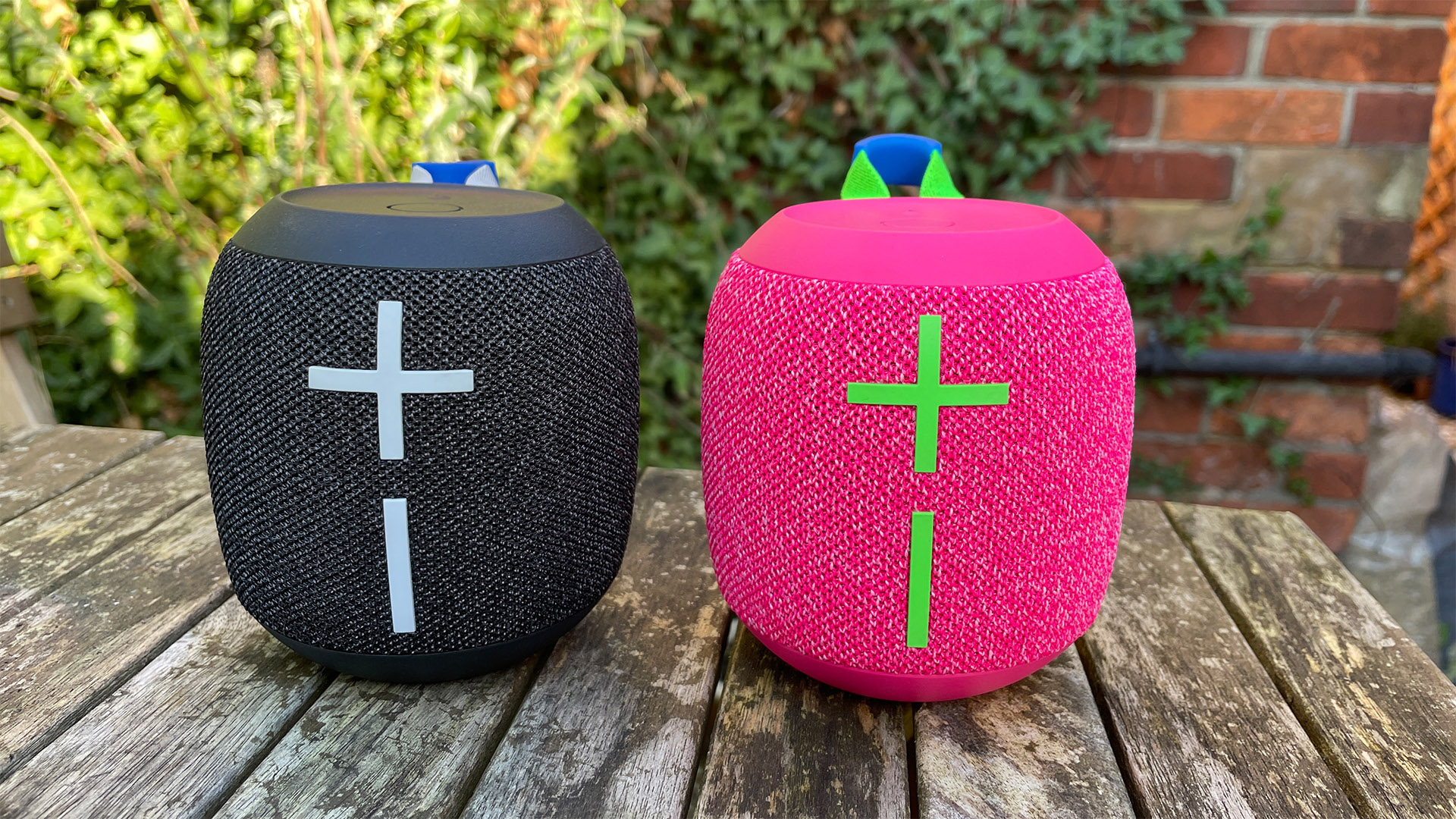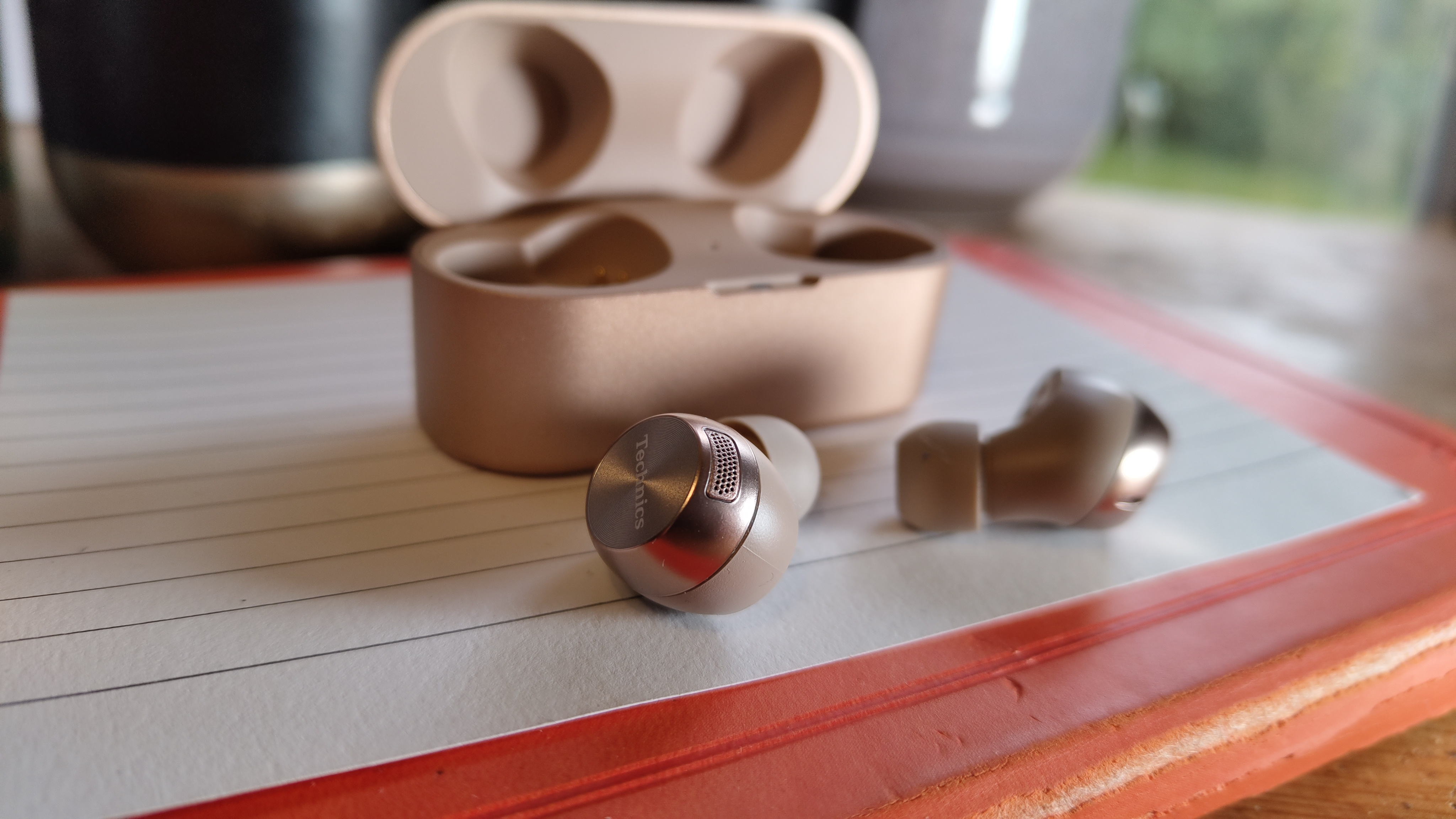2023 has belonged to the risk-takers, so why are so many audio brands playing it safe?
The key sonic ingredient?

While there’s certainly such a thing as “bad” sound, pinning down what we otherwise deem to be “good” is a much trickier task.
Priorities vary from person to person, and while a pair of lime green plastic headphones that you stole from an open-top bus tour of Paris aged 18 (based on a true story) certainly isn’t the best way to enjoy a delicious slice of Elliott Smith, deciding what is can provide harder to pin down.
Without delving too far into murky waters of subjective vs. objective critiques of sound and the inherently slippery nature of reviewing audio products (keep your eyes peeled for our upcoming exploration of that particular minefield), we can certainly make assertions regarding those things we do want to see in a particular product or from a particular brand.
Some companies, and by extension the products they make, have certain associations with a particular sonic character, a character that is ideally conducive to the product being made. For instance: you want a pair of running headphones to fit securely and provide a clear, peppy sound that will keep you motivated for miles, in the same way that a pair of running shoes are made to support you mile after mile, but aren't appropriate for the monthly board meeting.
Ultimate Ears has provided a mini-case study for this, in that it’s a brand that established a somewhat rebellious ethos of making products with a specific visual and sonic identity. Ultimate Ears’ primary domain over the last few years has been colourful, user-frienfly, party-ready portable Bluetooth speakers, and it’s done so with verve and style. And aside from perhaps JBL, there aren’t many brands that have been as enjoyable to listen to as well.
With its early Boom speakers, the brand stood out from the competitors that were playing it safe, meaning we were treated to a fresh way of listening to music that wasn't tethered to a mains socket. In our 2014 original Boom review, we said: "This compact speaker has some great features that you simply don’t see in most wireless speakers, and it’s designed to be as easy to use as possible."

The reason for its success felt obvious, in that Ultimate Ears picked a 'just-right' sonic recipe for its speakers and then excelled at delivering that formula with confidence and vitality. Trawl back through the last five or so years of our Ultimate Ears portable speaker reviews and you’ll notice a recurring pattern of fun, forthright and funky items that were accessible to the mainstream, while still ticking all the right boxes for a hardened team of hi-fi and audio reviewers. 2016's small, budget UE Roll 2 speaker melded a simple design and striking visual aesthetic with “enthusiastic, full-bodied performance”, while 2017's Megablast provided us with “enthusiastic, punchy rhythms”.
The latest hi-fi, home cinema and tech news, reviews, buying advice and deals, direct to your inbox.
2018’s five-star Megaboom 3, meanwhile, was lauded as having a “loud, punchy and solid” profile, while the Boom 3 was heralded as possessing a “punchy, upbeat (and) loud sound” for the price. “Punchy” had become our favourite adjective for describing Ultimate Ears speakers, and that speaks more of the brand’s pursuit of a defined sonic profile than it does our lack of descriptive imagination.
There may be a hint of the wind changing, though, and not necessarily for the better. In 2019, the UE Wonderboom 2 proudly scooped up a five-star review with its weighty bass, lots of musicality, and many helpings of detail thrown in for good measure, but a few years later, the UE Wonderboom 3's “cohesive, enjoyable presentation” delivered a “spacious, more dynamic” sound that didn't quite have the fun and spark of its predecessor.

The recently released Epicboom, meanwhile, seems to have fallen into a similar trap. It’s far from a bad listen, but a slightly artificial sound, coupled with a diminished sense of life and vivacity, robbed the rather large-for-a-portable speaker of the full five-star accolade. It also sported a more premium price tag (£330 / $350) that raised our expectations for a speaker at this level even higher. As we opined in our review: “We have our doubts as to whether this speaker offers that dynamism and musicality to make it a viable proposition as a true class leader”. Saying that about a UE speaker in 2017 would be like saying that Bang & Olufsen products are lacking in aesthetic imagination.
The point here is not to praise or criticise Ultimate Ears (a brand I personally really admire), but rather to use a few choice examples to make a broader argument about sound. Whenever we test anything here at What Hi-Fi?, we're often concerned with how a product makes us feel at a most basic level when listening to songs, assessing said product's ability to convey the nuance, scale and emotional resonance of the music played. This, above almost all else, helps to define what we class as a "good" sound. It's the reason Sony has been scooping up our wireless headphones Awards left, right and centre this year.
It's a quality that becomes apparent when it's there and glaringly obvious when absent. Our recent review of the three-star Sennheiser Wireless Accentum over-ears makes a great case in point, as we bemoaned the fact that the Accentum "soften songs to such an extent that they can sometimes feel as though they are draining the life and colour from the music itself". Compare the Accentum with, say, the Sony WH-CH720N, and while the Sonys may lack a little subtlety, their keen understanding of the inherent musicality and dynamic contrast in songs makes them by far our preferential pick. Much of the reason we didn't necessarily love the Beats Studio Pro was because they too sounded rather bland in the dynamics department, making us wonder why the brand had strayed from its bold, bassy roots. Beats used to take risks in that regard, but they are also a brand seemingly playing it safe to the detriment of great sound.

This isn't simply a case of adding a single ingredient – "punch", "bass" etc. – to solve all ills, but it does hint at something rather more vital which will often bag the full five stars. Technics' recent run of wireless earbuds provides another apposite case study, in that all three recent pairs – the AZ80, AZ60M2 and the AZ40M2 – missed out on reaching that coveted fifth star because they prioritise detail, clarity and organisation over the emotion, expressive dynamism and excitement that its Sony rivals elicit more naturally with music.
Those latter ingredients, by the way, are present in Bose's QuietComfort Ultra Earbuds and Sony's WF-1000XM5 in absolute spades. In fact, it's the Award-winning Sony XM5 earbuds that pushed the boundaries of what we could expect from wireless earbuds even further: an astonishing level of detail and clarity that we worried would take away from the musical, dynamic approach of its predecessor. That new analytical approach might not be for all, but Sony's terrific handling of timing and musicality remains class-leading. Another brand that's taken a big risk this year is Sonos, who replaced its extremely popular Sonos One wireless speaker not with mere updates, but by building the new Era 100 from the ground up to deliver more features, a better design and sound overall. The brand's Era 300 was another brave gamble, focusing its (unusual) design first and foremost on the playback of spatial audio tracks; it was a success, as its 2023 What Hi-Fi? Award win attests.
Headphones or speakers that strive for balance and detail are all well and good, yet it's the ones that focus on nuances in texture, dynamism, rhythm and the true essence of a song that really thrill us. Personal preference obviously plays a huge part, as does the music being played. Yet those products that can adapt to the demands of a recording or track and get to the heart of the music with the greatest insight, rhythmic precision and transparency will be the ones that really win us over. And the What Hi-Fi? reviews team, as a whole, are in unanimous agreement whenever a product has truly captured our attention and emotions. The best in class are, ultimately the ones that take a little bit of a risk, because when that risk pays off, it can often lead to something truly remarkable.
MORE:
Read our Ultimate Ears Epicboom review
And our UE Wonderboom 2 and UE Wonderboom 3 reviews
These are the best Bluetooth speakers around

Harry McKerrell is a senior staff writer at What Hi-Fi?. During his time at the publication, he has written countless news stories alongside features, advice and reviews of products ranging from floorstanding speakers and music streamers to over-ear headphones, wireless earbuds and portable DACs. He has covered launches from hi-fi and consumer tech brands, and major industry events including IFA, High End Munich and, of course, the Bristol Hi-Fi Show. When not at work he can be found playing hockey, practising the piano or trying to pet strangers' dogs.
